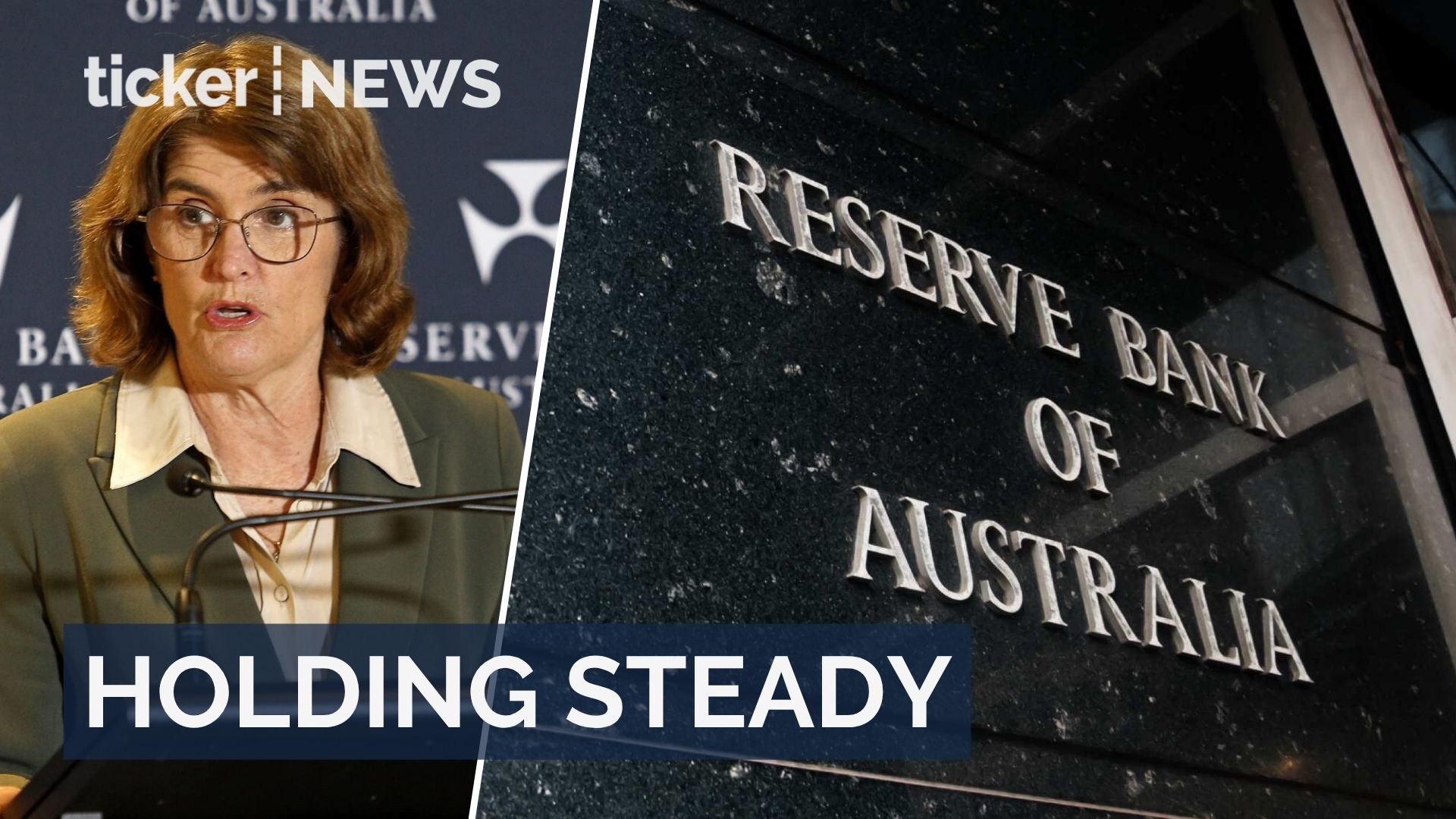Stella Huangfu, University of Sydney
The Reserve Bank kept the cash rate steady at 3.6% at today’s meeting. In its post-meeting statement, the central bank said the monetary policy board
judged that it was appropriate to remain cautious.
This pause follows three cuts earlier this year — in February, May and August, each by 25 basis points — which lowered the cash rate from 4.1% to its current level. Governor Michele Bullock said the bank is watching those previous cuts work through the economy.
Bullock stressed that while inflation has eased from its peak, progress remains uneven, and the bank is not ready to declare victory.
For now, patience is the safer course. The next big test will be the September quarter inflation report, due at the end of October. That release will go a long way to deciding whether cuts resume later this year or slip into 2026. Market pricing, once confident of a November move, now sees the odds as little better than a coin toss.
“By the next meeting in November, we’ll have more data on the labour market and inflation data for the September quarter,” Bullock told a press conference after the meeting.
Why the RBA is waiting
The monthly consumer price index (CPI) for August showed annual inflation rising to 3.0%, up from 2.8% in July. Although this is a 12-month high, much of the increase came from the expiry of electricity rebates — a temporary factor the bank had already anticipated.
Bullock has repeatedly said the Reserve Bank puts more weight on the quarterly “trimmed mean” inflation measure — a point she emphasised most recently before the House of Representatives economics committee. This measure strips out one-off price swings and gives a clearer picture of underlying inflation.
Even so, the monthly figures show the annual trimmed mean edged down from 2.7% in July to 2.6% in August. That suggests the underlying trend remains one of gradual disinflation (a slowing in the pace of price increases), despite the lift in the headline rate.
Bullock told reporters:
The monthly data are volatile […] I don’t want to suggest that inflation is running away, but we just need to be a little bit cautious.
Progress is not yet secure. Inflation must stay within the 2–3% target range on a sustained basis before the Reserve Bank can cut with confidence. Moving too early risks undoing hard-won gains and forcing harsher measures later.
Other data reinforce this cautious approach. June quarter economic growth surprised on the upside, showing the economy is more resilient than expected. Meanwhile, unemployment has ticked higher but remains low, pointing to a labour market that is cooling only gradually.
As the statement noted,
private consumption is picking up as real household incomes rise […] The housing market is strengthening […] Credit is readily available to both households and businesses.
Together, these signals give the Reserve Bank space to pause rather than rush into easing.
A big shift in expectations
The major banks have also adjusted their forecasts. NAB has ruled out any further move this year, dropping its earlier forecasts for November and February cuts and now expecting the next reduction in May 2026. Westpac still expects a November cut, but acknowledges the timing could slip.
Financial markets have also pared back their bets. Pricing once implied near-certainty of a November cut, but that probability has now fallen to roughly 50-50.
The September quarter consumer price index will be decisive: a softer result could revive expectations of an earlier cut, while a stronger one would reinforce the view that rate cuts will not resume until 2026.
With the economy stronger than forecast and CPI a touch higher, both banks and markets are pushing out the timing of cuts. The Reserve Bank’s message is clear: inflation must show sustained progress before policy can be eased. Until then, the next cut is a matter of when, not if.
Rates around the world
The Reserve Bank is not alone in being cautious. In the United States, the Federal Reserve delivered three cuts in 2024, but only made its first cut of 2025 in September. The European Central Bank has reduced rates four times this year, but has kept policy steady since June.
Political tensions, volatile energy prices and fragile global growth all add to the uncertainty, reinforcing the case for patience in Australia.
For households, today’s decision offers no relief. Mortgage repayments remain at an elevated level and consumer spending is weak.
Looking ahead, the Reserve Bank said it will remain data-driven and responsive to risks:
The Board will be attentive to the data […] focused on its mandate to deliver price stability and full employment and will do what it considers necessary to achieve that outcome.
For households, that means the wait for relief goes on. The next move is a cut, but today’s decision makes clear it won’t be rushed.![]()
![]()
Stella Huangfu, Associate Professor, School of Economics, University of Sydney
This article is republished from The Conversation under a Creative Commons license. Read the original article.



























